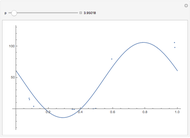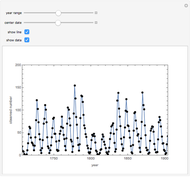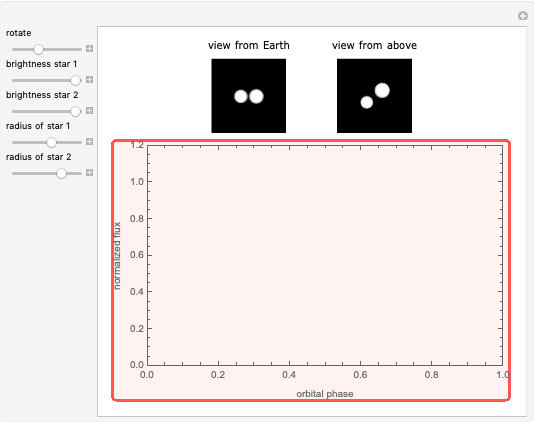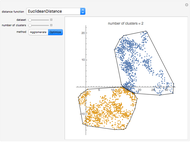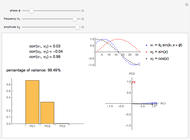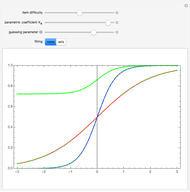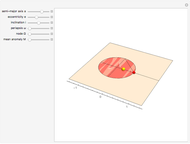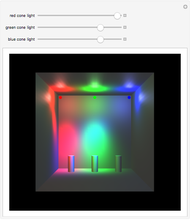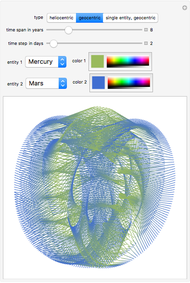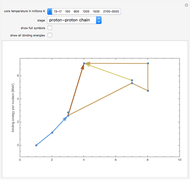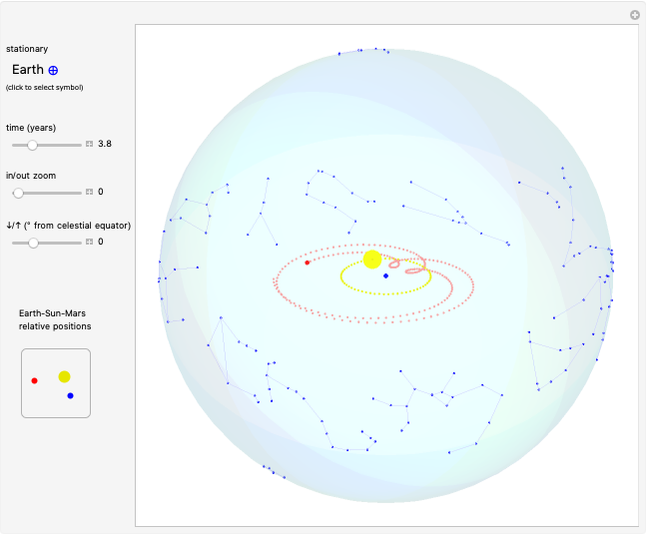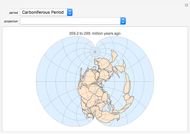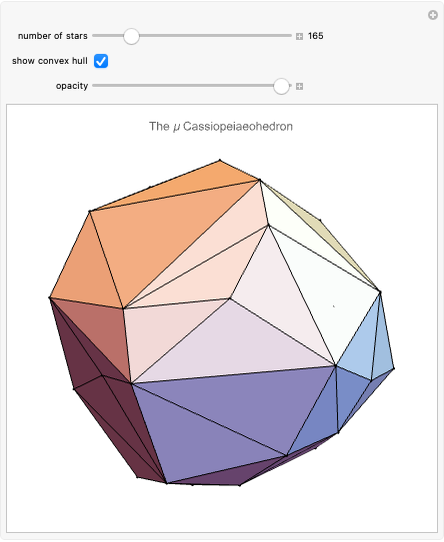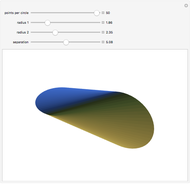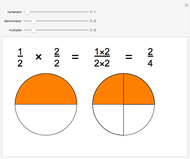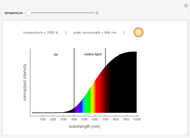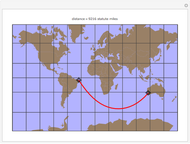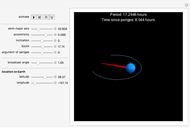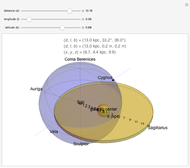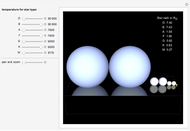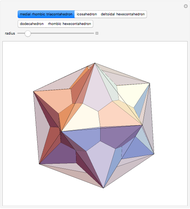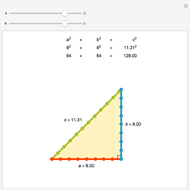Cepheid Variable Star Light Curve Analysis

Requires a Wolfram Notebook System
Interact on desktop, mobile and cloud with the free Wolfram Player or other Wolfram Language products.
This Demonstration analyzes a series of values for apparent magnitude (red band) versus time for a Cepheid variable star. The star has a period of 2.21138771 days based on a best fit of the signal. The  axis represents time folded at different period lengths and the
axis represents time folded at different period lengths and the  axis represents relative event counts from a detector.
axis represents relative event counts from a detector.
Contributed by: Jeff Bryant (March 2011)
Based on work by: MACHO Project and Pavlos Protopapas (Harvard's Initiative in Innovative Computing)
Open content licensed under CC BY-NC-SA
Snapshots
Details
The MACHO Project is searching for dark matter in the form of Massive Compact Halo Objects (MACHOs) using gravitational microlensing. The search for these events is done by monitoring over 10 million stars every night in the large Magellanic cloud and galactic bulge using the dedicated 50-inch telescope at Mt. Stromlo.
Other astronomers analyze MACHO data looking for various kinds of objects, including the Cepheid variable studied here.
Permanent Citation
"Cepheid Variable Star Light Curve Analysis"
http://demonstrations.wolfram.com/CepheidVariableStarLightCurveAnalysis/
Wolfram Demonstrations Project
Published: March 7 2011






